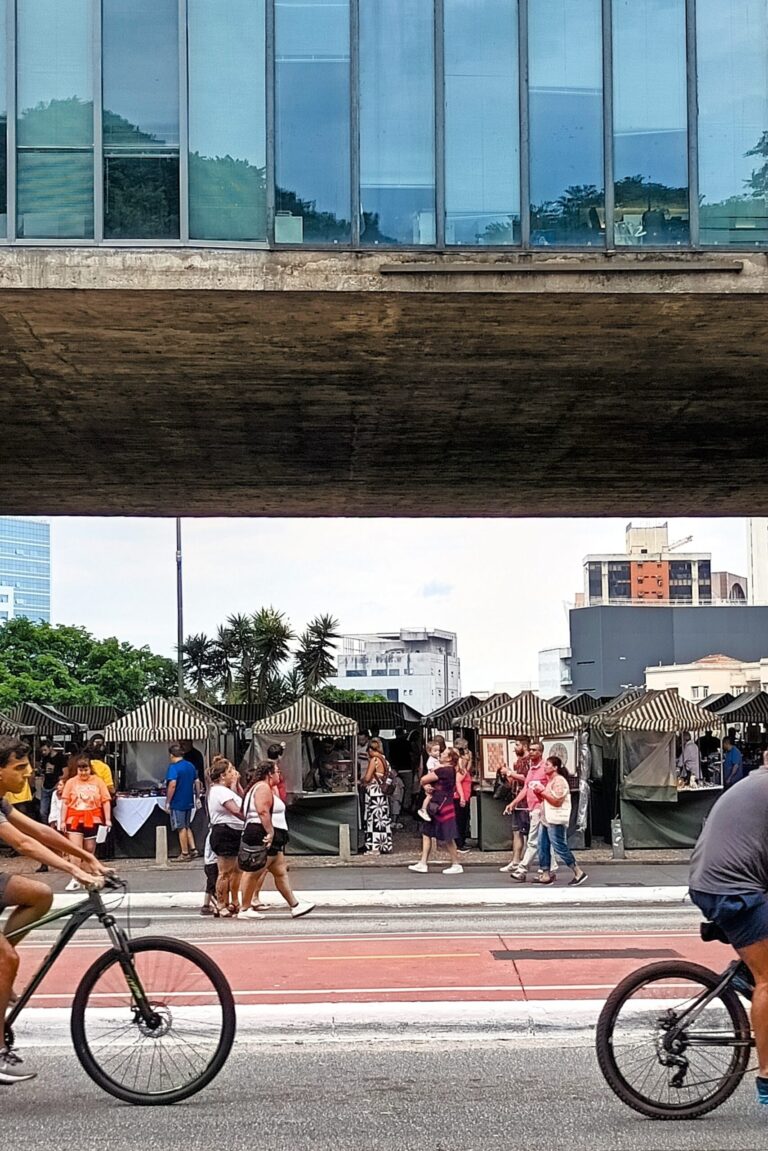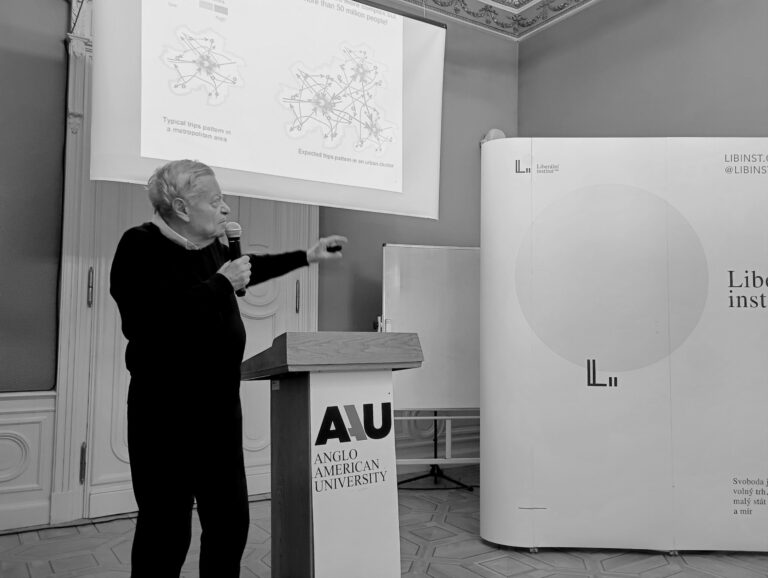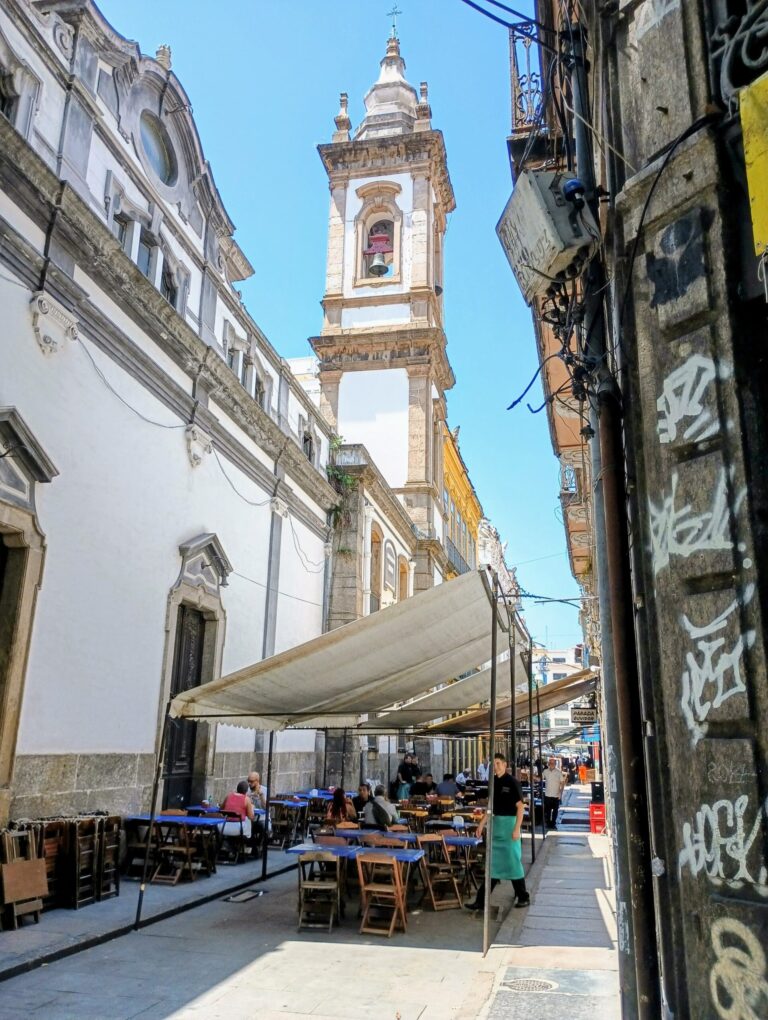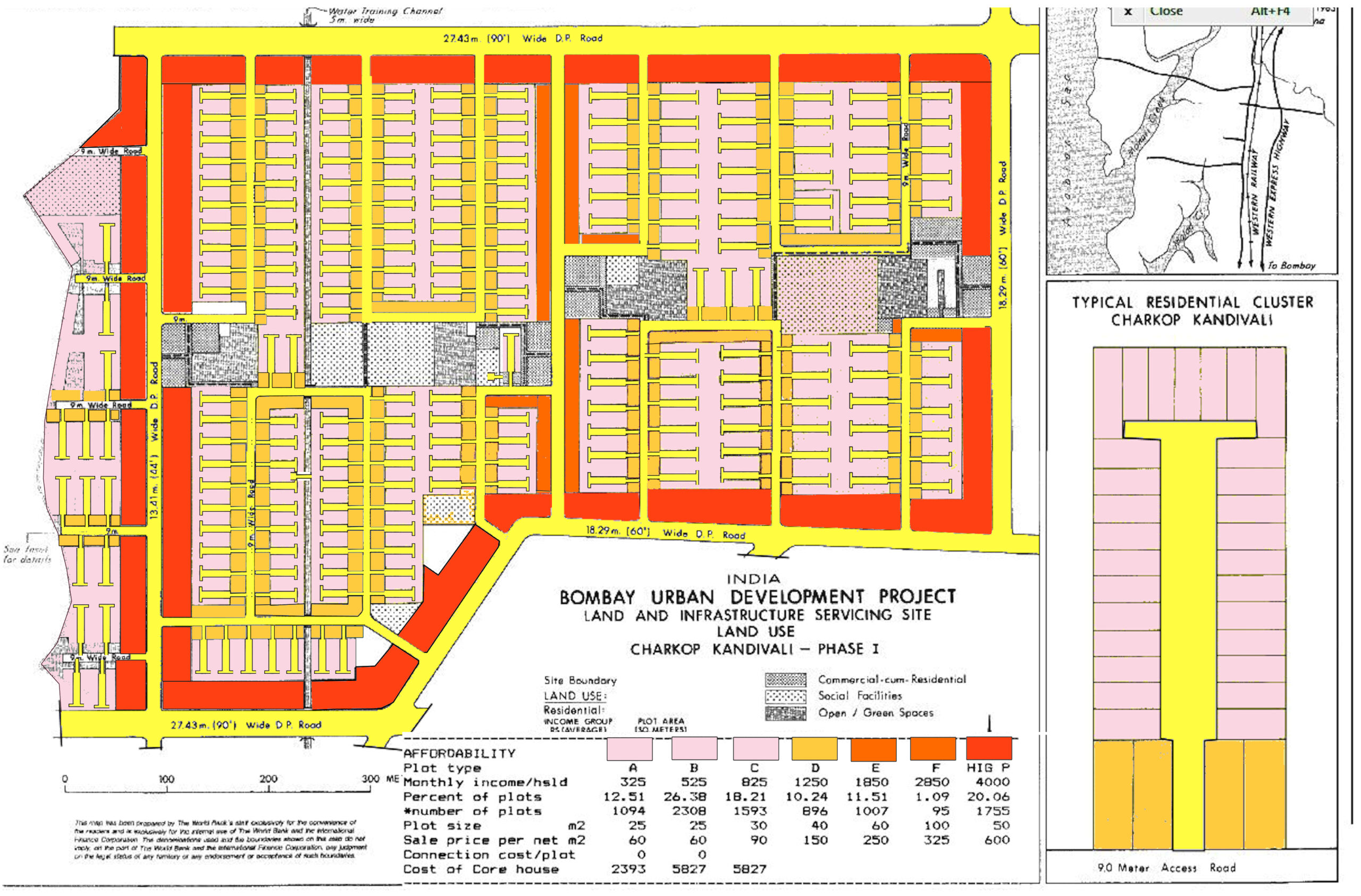Physical Address
304 North Cardinal St.
Dorchester Center, MA 02124
Physical Address
304 North Cardinal St.
Dorchester Center, MA 02124
The goal of congestion pricing is not to penalize car trips but to smooth demand over a more extended time to reduce congestion. Unfortunately, many new congestion pricing schemes seem designed to ban cars rather than manage demand for car trips. This article appeared originally in Caos Planejado and is reprinted here with the publisher’s permission. Congestion pricing aims to reduce demand for peak-hour car trips by charging vehicles entering the city center when roads are the most congested. Charging rent for the use of roads is consistent with a fundamental principle of economics: when the price of a good or service increases, demand for it decreases. Charging different rates depending on the congestion level spreads trip demand over a longer period than the traditional peak hour. The goal of congestion pricing is not to penalize car trips but to smooth demand over a more extended time to reduce congestion. Unfortunately, many new congestion pricing schemes seem designed to ban cars rather than manage demand for car trips. Congestion pricing then becomes more akin to the “sin taxes” imposed on the consumption of tobacco and alcohol than to traffic management. The traffic on urban roads in a downtown area is not uniform during the day but is subject to rush hour peaks, while late-night road networks are usually underused. The use of roads in the downtown area is similar to other places like hotels in resort towns. Hotels try to spread demand away from peak season by reducing prices when demand is low and increasing prices when demand is high. When resort hotels charge higher prices during weekends and vacations, it is not to discourage demand but to spread demand over a broader period. Well-conceived congestion pricing for urban roads works under the same principles as the pricing of hotels. […]

Because there are no market signals that could identify the best and highest use of street space, it is the role of urban planners to allocate the use of street space between different users and to design boundaries between them where needed.

As proposed, Moreno's 15-minute city has no chance of implementation, because economic and financial realities constrain the location of jobs, commerce, and community facilities. No planner can redesign a city by locating shops and jobs according to their own whims.

Most master plans are a costly effort by a team of temporary consultants, spread over two to three years, to prepare a blueprint that is usually obsolete as soon as it is completed.

Promotors of recently developed cities ranging from Nusantara, the freshly built capital of Indonesia, to Neom, Saudi Arabia’s futurist urban paradise, advertise them as breakthroughs in urban living. But does the world need new cities?

Cities have always invited us to be constantly on the move. We move around to get to work, go shopping, meet friends, attend a concert, visit an art exhibition, and take advantage of all the many activities that a metropolis offers.

Alain Bertaud revisits a Mumbai development project he helped design in 1983. The neighborhood is thriving.